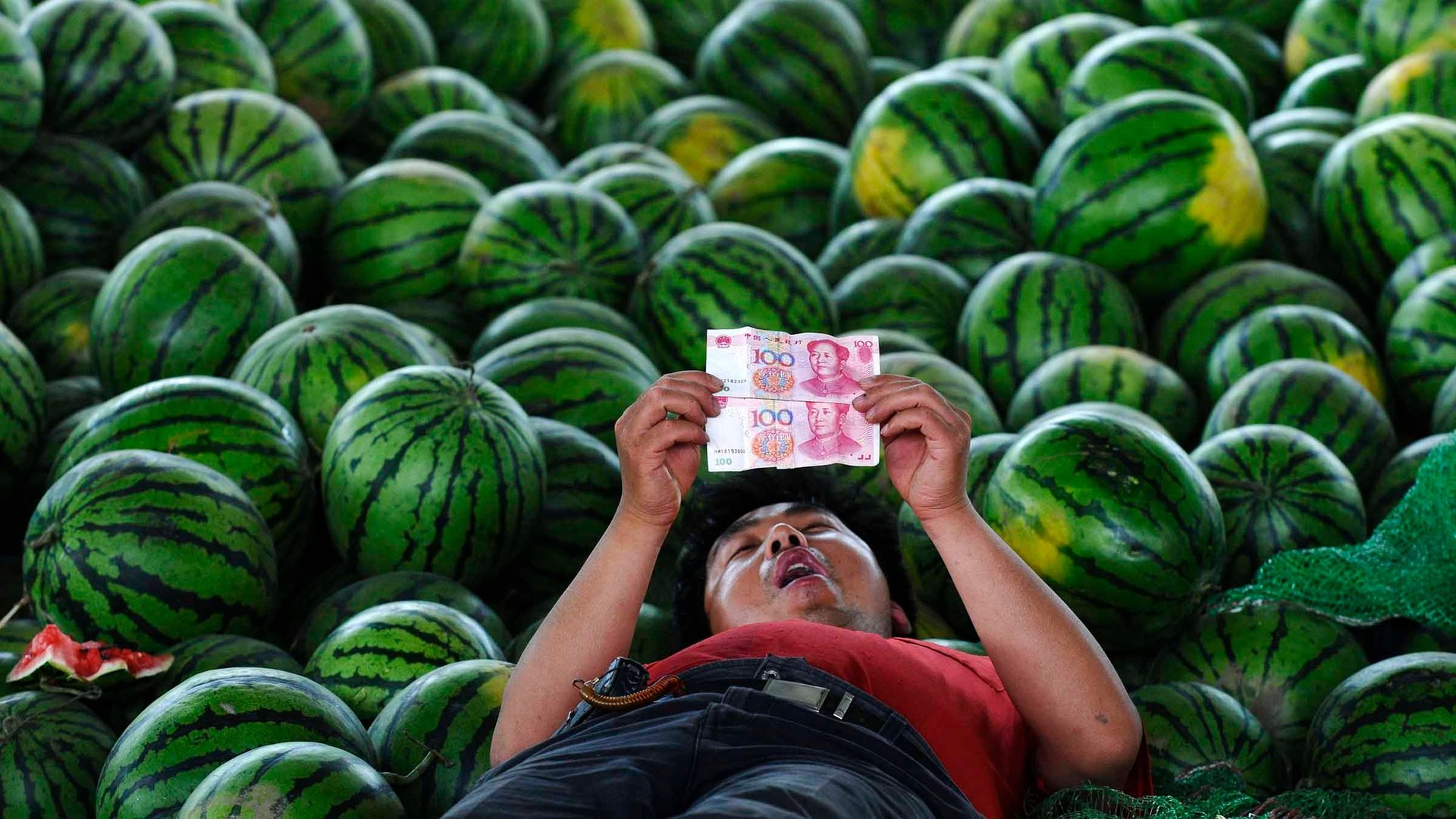No, China’s second currency drop wasn’t another “surprise devaluation”
The world shook a little yesterday when China devalued its currency—a surprise move that its central bank promised would be a one-off. So it’s understandable that some are calling today’s depreciation another surprise move by the People’s Bank of China (PBOC). It’s not.


The world shook a little yesterday when China devalued its currency—a surprise move that its central bank promised would be a one-off. So it’s understandable that some are calling today’s depreciation another surprise move by the People’s Bank of China (PBOC). It’s not.
The announcement yesterday (Aug. 11) that the central bank had lowered the yuan by 1.9% against the dollar came with a statement that the “market will play a bigger role in exchange rate determination.” That means that rather than the PBOC holding the yuan at the rate it had previously decided (around 6.2 yuan to the dollar), it would instead look at the markets and adjust the yuan accordingly.
As the Financial Times points out (paywall), the yuan dropped 2.8% in international trading yesterday, the first day of the bank’s new pricing regime. That suggests the real value of the yuan is actually even lower than the PBOC’s new valuation, and so—in accordance with its new pricing regime—the central bank lowered the yuan again today, this time by 1.6%.
The biggest takeaway from yesterday’s announcement then is not that the bank lowered the rate once, but that it will allow the market a greater say in the yuan’s value, and that more movements are on the cards. That decision is disruptive for markets, but was praised by the International Monetary Fund, which called the new mechanism a “welcome step” in China’s aim for a freely floatable currency.
By mid-afternoon Wednesday (Aug. 12), the yuan had reached 6.44 to the dollar; a day earlier it jumped to 6.32, from its earlier peg of around 6.2.